Regulatory Mandates and Safety Standards
Regulatory mandates play a crucial role in shaping the Daytime Running Lights Market. Various countries have implemented stringent safety standards that require the installation of daytime running lights in new vehicles. For instance, regulations in regions such as Europe and North America have made it mandatory for all new cars to be equipped with DRLs, which has led to a marked increase in their adoption. Data suggests that vehicles equipped with daytime running lights can reduce the risk of accidents by up to 11%. This regulatory push not only enhances road safety but also drives growth in the Daytime Running Lights Market as manufacturers strive to comply with these evolving standards.
Sustainability Trends in Automotive Lighting
Sustainability trends are increasingly influencing the Daytime Running Lights Market. With a growing emphasis on eco-friendly practices, manufacturers are exploring sustainable materials and energy-efficient technologies for their lighting solutions. The shift towards LED technology, which is not only energy-efficient but also has a longer lifespan, aligns with the broader automotive industry's commitment to reducing carbon footprints. Data indicates that the adoption of LED daytime running lights can lead to significant reductions in energy consumption, contributing to overall sustainability goals. As consumers and manufacturers alike prioritize environmentally friendly options, the Daytime Running Lights Market is likely to evolve, reflecting these sustainability trends.
Consumer Awareness and Demand for Safety Features
There is a growing consumer awareness regarding vehicle safety features, which significantly impacts the Daytime Running Lights Market. As consumers become more informed about the benefits of daytime running lights, including improved visibility and reduced accident rates, the demand for these features is likely to increase. Market data indicates that a substantial percentage of consumers prioritize safety when purchasing vehicles, with many expressing a preference for models equipped with advanced lighting systems. This heightened awareness is prompting manufacturers to incorporate DRLs as standard features in their vehicles, thereby driving growth in the Daytime Running Lights Market. The trend suggests that as safety becomes a paramount concern, the market for daytime running lights will continue to expand.
Technological Innovations in Daytime Running Lights
The Daytime Running Lights Market is experiencing a surge in technological innovations that enhance vehicle safety and visibility. Advanced LED technology is becoming increasingly prevalent, offering brighter and more energy-efficient lighting solutions. This shift is supported by data indicating that LED lights can consume up to 75% less energy than traditional halogen bulbs. Furthermore, the integration of smart lighting systems, which adjust brightness based on ambient light conditions, is gaining traction. These innovations not only improve the aesthetic appeal of vehicles but also contribute to overall road safety. As manufacturers continue to invest in research and development, the Daytime Running Lights Market is likely to witness a significant transformation, potentially leading to increased adoption rates among consumers.
Integration of Advanced Driver Assistance Systems (ADAS)
The integration of Advanced Driver Assistance Systems (ADAS) is emerging as a key driver in the Daytime Running Lights Market. As vehicles become increasingly equipped with sophisticated safety technologies, the role of daytime running lights is evolving. ADAS features, such as collision avoidance systems and adaptive cruise control, often rely on enhanced visibility provided by DRLs. Market data suggests that the incorporation of these systems is expected to grow significantly, with projections indicating a rise in ADAS-equipped vehicles. This trend not only enhances vehicle safety but also drives demand for advanced lighting solutions, positioning the Daytime Running Lights Market for substantial growth in the coming years.


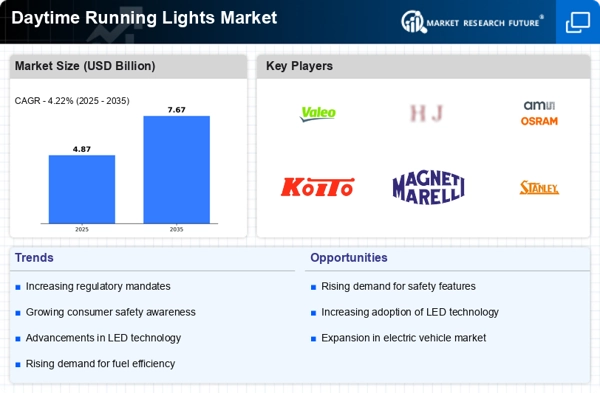

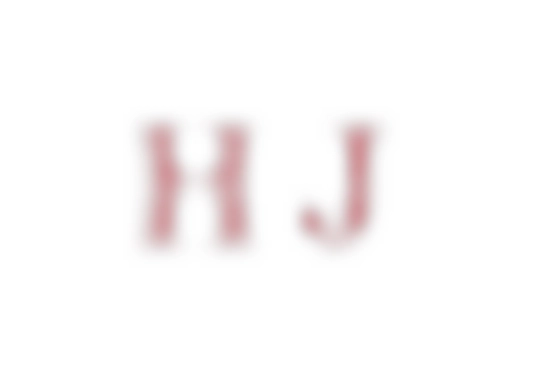

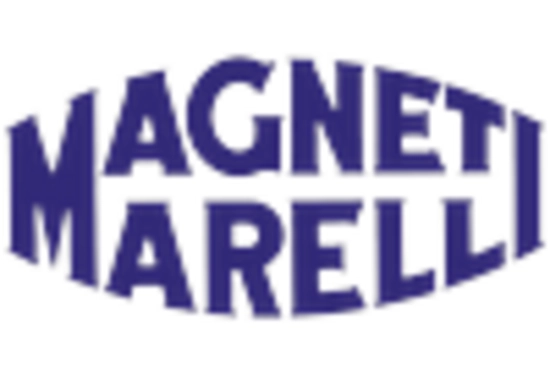
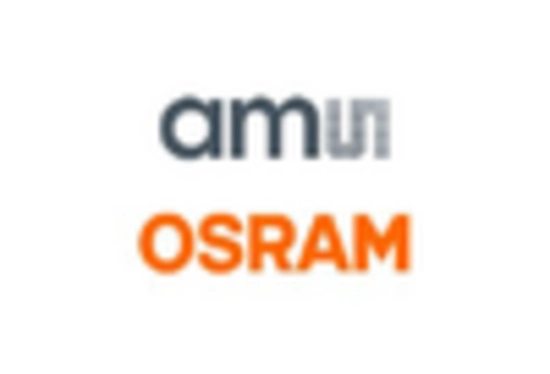
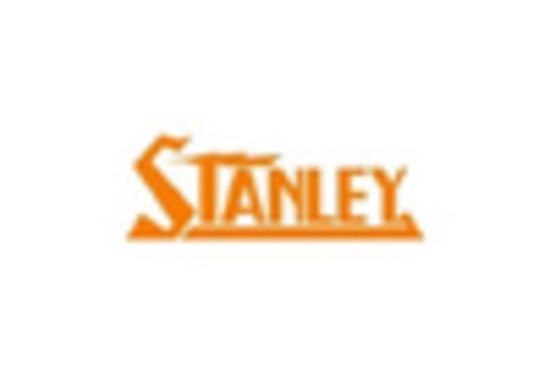
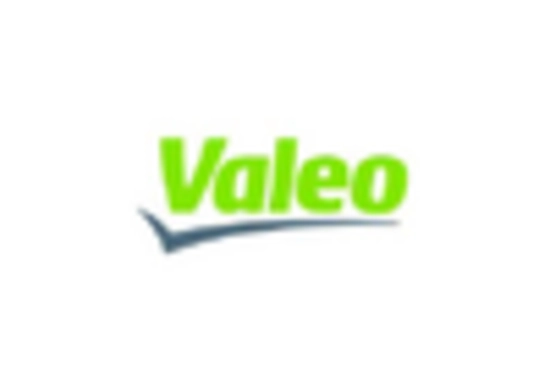








Leave a Comment